Biotechnology for Fruit Crop Improvement
Cultivation of fruits is a cropping system that helps in improving biological productivity, nutritional standard and also assists in maintaining ecological sustainability. Fruit production is gradually becoming important to national and global economics. Inspite of remarkable increase in production of different fruits following conventional improvement methods and improved management practices, some inherent problems with conventional breeding of woody perennials like long juvenile period, heterogeneity, fength of evaluation period, self-incompatibility, parthenocarpy and inability of sexual system to incorporate variations from unrelated sources are causing impediment in further improvement of yield and quality in different fruits. The problem is further compounded by dependence on relatively few selected genotypes for commercial reasons, extreme sensitivity of human palate to flavours and tastes in fruits and fruit products, and fixation of desirable characters by vegetative method of propagation in fruit crops. The post-second world war period has witnessed a gift of several epoch-making technologies to the world and biotechnology is one of them. Novel strategies emanating out of advances made in plant biotechnology, viz. embryo rescue, somaclonal variation, haploidy, protoplast fusion, in vitro conservation of germplasm and recombinant DNA technology (also known as Genetic engineering) offer tremendous potential to overcome some of the limitations of sexual hybridization. This text-cum-Reference book is aimed to set the agenda for role of plant biotechnology in improvement of fruit crops in complementarity with conventional improvement methods in 21st century. The text is divided into two parts. Part I deals with Potential Biotechnologies and, in Part II, their application to important fruit crops, viz. Mango, Citrus, Banana, Papaya, Guava, Grapes and Apple is discussed with emphasis on limitations of conventional improvement methods and possible biotechnological resolutions. A separate chapter in Part II (Chapter 16) is devoted to Biosafety systems for Novel Bioengineered Fruit Crops and Patenting, hotly debated subjects amongst environmentalists and entrepreneurs in corporate world. Though it is difficult to review all the literature in this rapidly expanding field, every effort has been made to include that is latest and relevant in this area. It is hoped that this book will find its place among students, researchers as well as teachers associated with plant biotechnology at UG and PG level.
Get it now and save 10%
BECOME A MEMBER

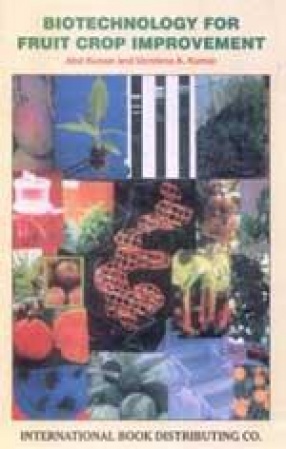
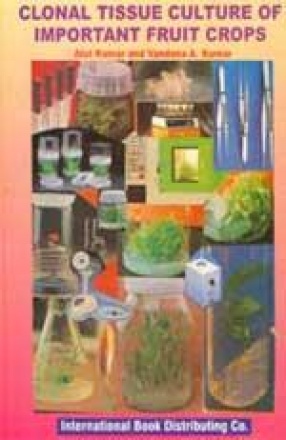
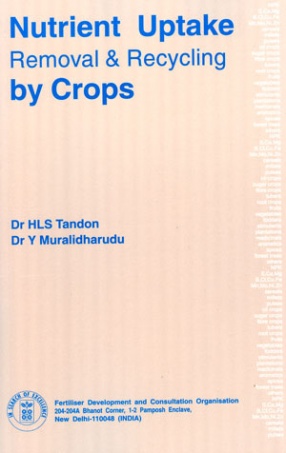
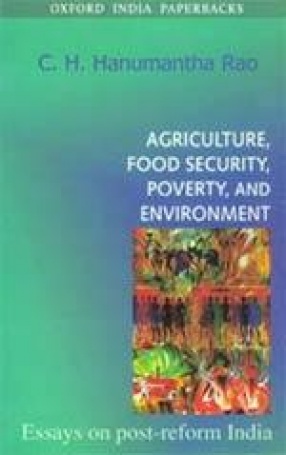

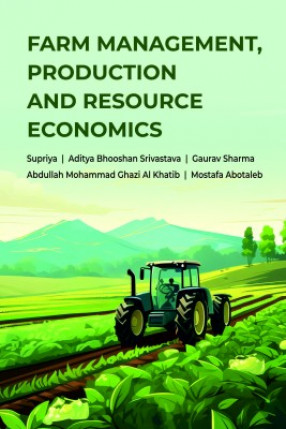

Bibliographic information
Vandana A. Kumar
Tags